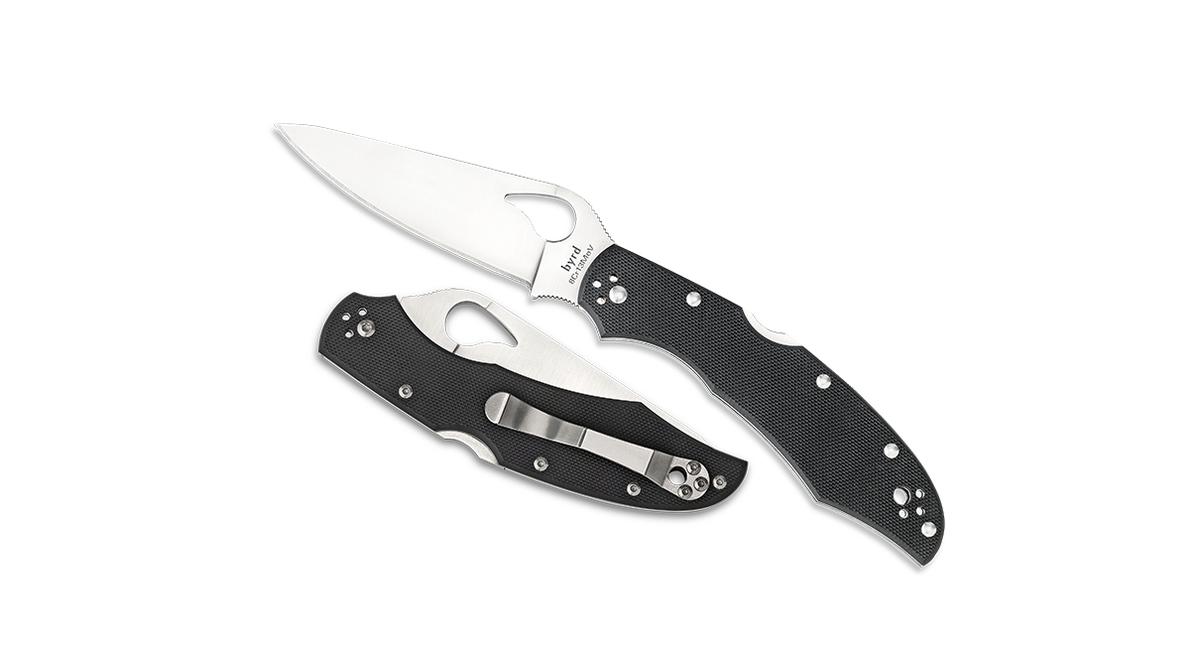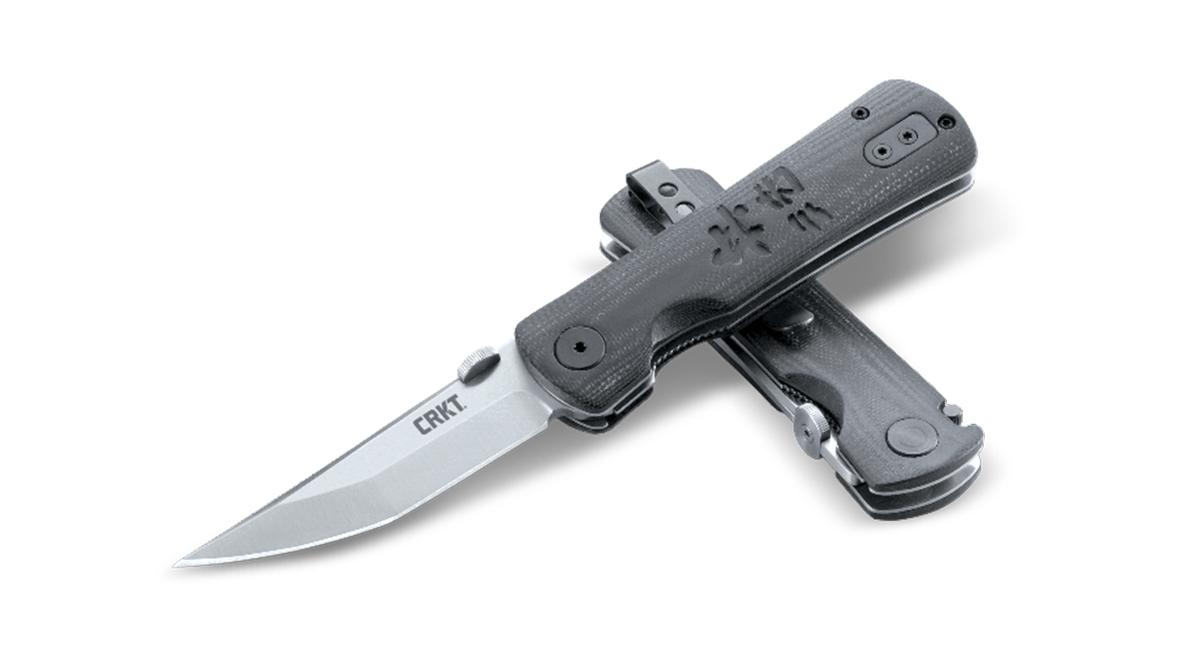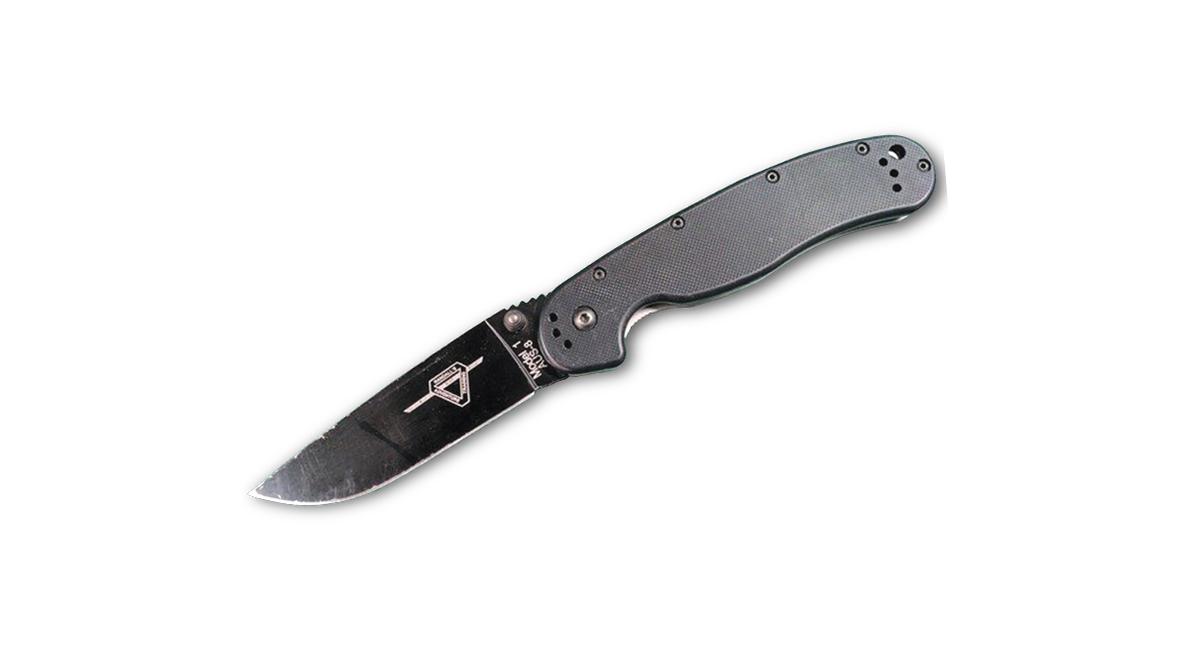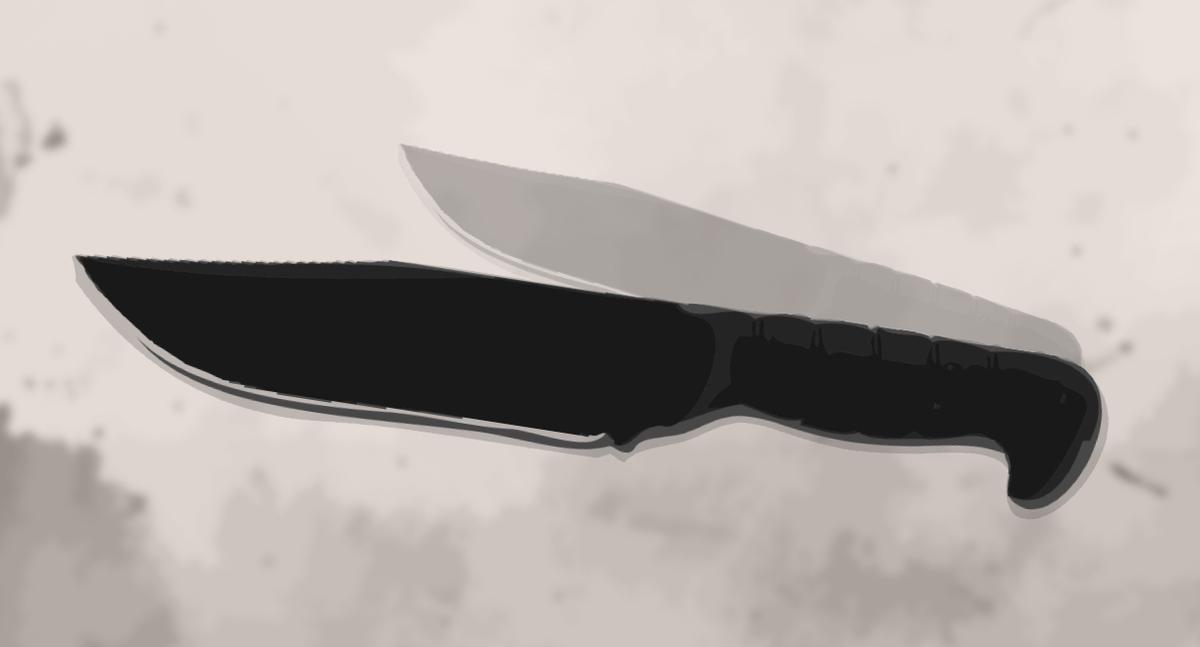As with everything in life, picking an EDC blade is all about compromise. The key here is to compromise on the correct aspects. I’ve made my share of mistakes picking blades, so today, let’s take a look at some of the things I feel should be looked at closely when picking an EDC knife.
Going beyond your budget
Don’t get me wrong. I love me an expensive knife. With high price tags, you can usually expect quality, exclusivity, or generally a really awesome design or feature, or great steel. If you’re anything like the majority of people in the world though, you’ll end up babying the knife, and either opting not to use it, or leaving it at home. There is absolutely nothing wrong with getting a knife just because it’s pretty; that’s a legitimate thing. Since we’re talking about EDC blades though, it might not be the best idea. I generally carry knives that cost less than PHP 5,000. When the time comes to bring that knife to bear on some tough task, I generally don’t feel bad to beat it up. If you baby your knives, you might want to skip the next sentence. I’ve used my EDC knives to open cans, cut heavy cardboard, and pry things (very carefully, of course), and while I do mess up the edge, I don’t feel bad about it because I know I didn’t devalue a pricey knife, and I know I can just take a few minutes to bring it up to a keen edge, put it back in my pocket, and be done with it. Knives are meant to be used, and cheap knives just love to be used. Just the same, respect the blade.
The thing here is that your budget, and consequently, your idea of a “beater” knife, is going to be different from the next guy in the shop. As long as you go for a blade that you aren’t going to be afraid to put through the wringer, you’re one step closer to making a great EDC choice.
Going overboard
Say what you will about the brand, but the Cold Steel Recon Tanto is a monster of a knife. 11 inches OAL, with a seven-inch blade, it’s plenty of knife for a lot of meat for a lot of tasks. Would I carry it
as a daily? I did! Would I do it again? Probably not. Would a seven-inch blade be useful? Sure, for more than a few things. Are you likely to use it every day? If you are, you don’t need to read this article, and I hope you stay safe wherever you find yourself deployed. As fun as it might be to know you have all that knife on you at a given point, in practical terms, it’s not necessarily the best idea. Take an honest look at your daily use scenarios–you’ll know what to do based on that. Besides, all that steel gets to you after a while.
Weight comes into play here as well. You might not notice it at first, but you’re going to be carrying your knife around constantly. With a light, your wallet, phone, keys, coins, and whatever else you have on your person, the weight adds up and can start to interfere with how you run your day. It’s easy to overlook weight, but you’ll appreciate a knife that doesn’t really bother you with its presence.
The pocket clip
A knife is an important thing to have. This is true, though not everyone thinks so. A well-executed pocket clip not only keeps out of sight of wandering eyes, it’ll also make it more difficult to lose your blade. Multiple clip locations are also great for lefties, or those who prefer something other than right-hand, tip-up carry. Something tight, low-profile, and sturdy is a must for a daily carry.
Locking system
As long as you pick a brand that has a solid reputation, you shouldn’t agonize too much about the kind of locking system the knife has. For example, I have recommended knives to people that would otherwise have been just
what they were looking for, save for the locking system. They then go with some blade with a proprietary system that’s solid in its own right, but not quite what they were looking for in other aspects. In short, they compromised blade shape, weight, performance, or even style because of a perceived flaw that isn’t really a big deal. Everyone will have their preferences. Liner, backlock, or proprietary system, but as long as it’s tested and done by a brand that you trust, you should have no problem.
Maintenance
One of the things you’ll be doing with your EDC blade is keeping it in good shape, and that goes beyond just keeping a keen edge. Keeping a folder in your pocket tends to attract all sorts of crud, which gets into the nooks and crannies of the knife and its mechanism. This will eventually cause the knife to bind, or deploy sluggishly. Worse still, moisture can accumulate in the little gaps, and rust the steel in the liners or blade itself, causing more of a headache. Blades with a skeletonized or flow-through design will be easier to keep clean on a daily basis, but you’ll also routinely want to take the knife apart for a good, deep cleaning. Springs, complex locking mechanisms, and lots of small parts will make the process more difficult, and is something you must keep in mind.
I’m quite picky about my daily carry blades, and there are quite a few things I look for, but these are some of the most important. A great blade to look for is one that will be a great all-arounder which will help you accomplish most of the tasks you will encounter on a daily basis. Don’t worry, the knife you are looking for is out there. You just have to go find it.

easy-to-sharpen edge, the Byrd Cara Cara 2 is a great beater knife.



Words by Ren Alcantara
Also published in GADGETS MAGAZINE February 2017
